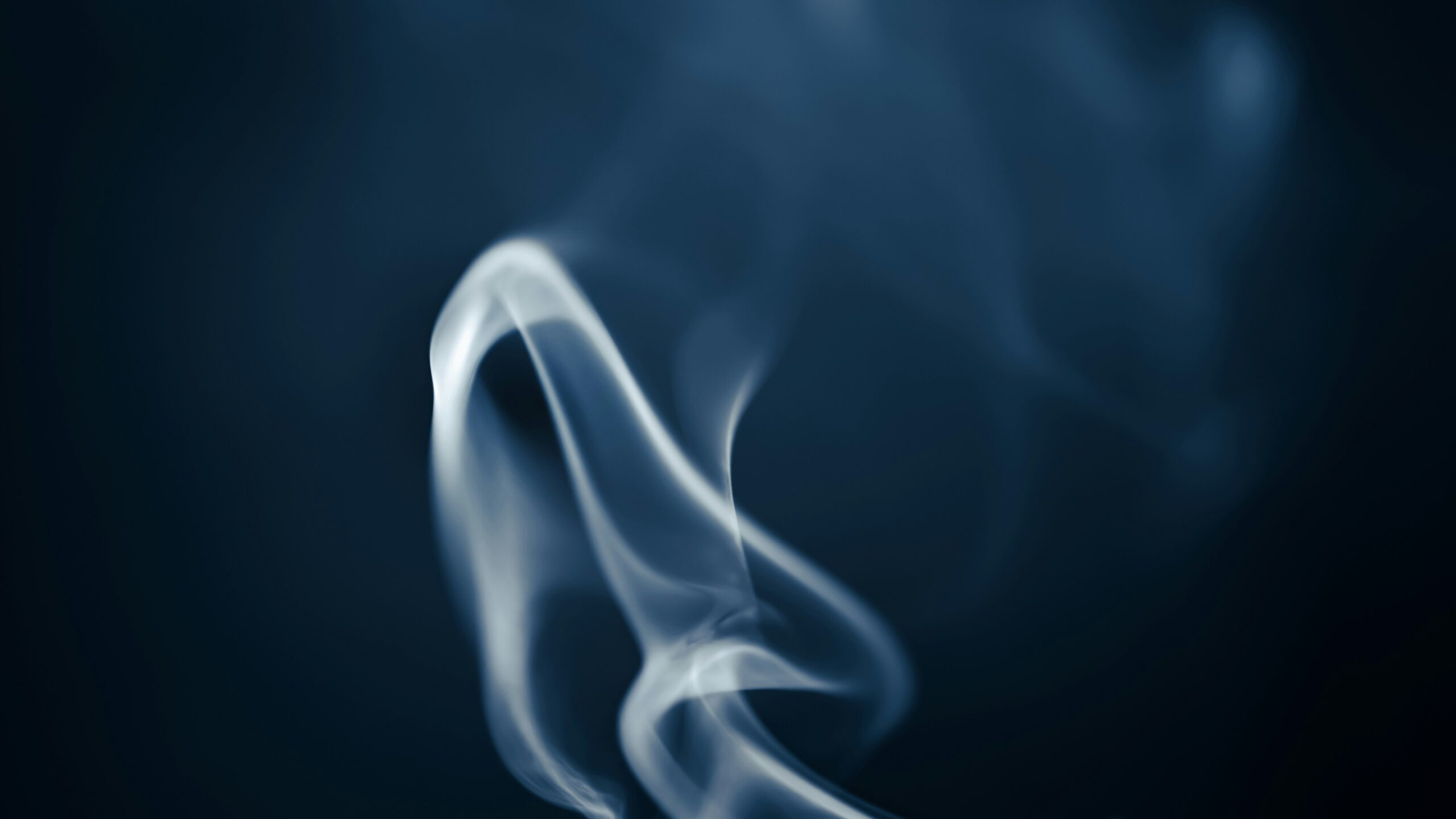When it comes to invisible dangers in our buildings, most people immediately think of carbon monoxide (CO). It’s often called “the Silent Killer” and rightly so. It’s colourless, odourless, and can cause death within hours if undetected. That’s why CO alarms are mandatory in many homes and workplaces.
But there’s another gas that is arguably even more dangerous, more widespread, and yet rarely talked about: radon.
What’s the Difference?
Carbon monoxide comes from faulty gas appliances, fires, and boilers. It’s an acute risk, if you’re exposed, the effects can be rapid and severe.
Radon, on the other hand, comes from the ground itself. It seeps into buildings through floors and walls. Exposure doesn’t cause sudden illness, but it builds silently over time, damaging the lungs. Long-term radon exposure is the leading cause of lung cancer for non-smokers.
The Hidden Statistics
In the UK, carbon monoxide poisoning tragically claims around 30 to 40 lives each year. Radon is estimated to cause over 1,100 deaths annually. Despite this, radon rarely makes headlines, while carbon monoxide is widely recognised, monitored, and protected against with alarms in almost every home.
Why Awareness Matters
Carbon monoxide gets attention because the effects are dramatic and immediate. When people fall ill suddenly, it sparks public awareness and policy change. Radon is more insidious. It doesn’t cause sudden collapses or emergency headlines, it works silently in the background over many years, making it easier to ignore, even though it kills far more people.
Why Businesses, Schools, and Hospitals Should Act
Just as organisations take steps to protect people from carbon monoxide, fire, and asbestos, they have a duty of care to protect against radon. Employers are legally responsible for providing a safe working environment, and that includes indoor air quality. Schools must safeguard pupils, whose lungs are still developing. Healthcare settings must take extra care for vulnerable patients.
If carbon monoxide alarms are standard, why shouldn’t radon testing be?
The Real Silent Killer
The label “Silent Killer” has long been attached to carbon monoxide. But given that radon is more common, causes more deaths, and is just as undetectable without proper monitoring, perhaps it’s time to share that title.
Radon doesn’t have to remain an unseen threat. Testing is simple, inexpensive, and highly effective. By moving radon out of the shadows and treating it with the same seriousness as carbon monoxide, we can protect thousands of lives each year.

